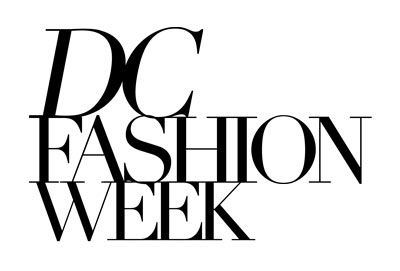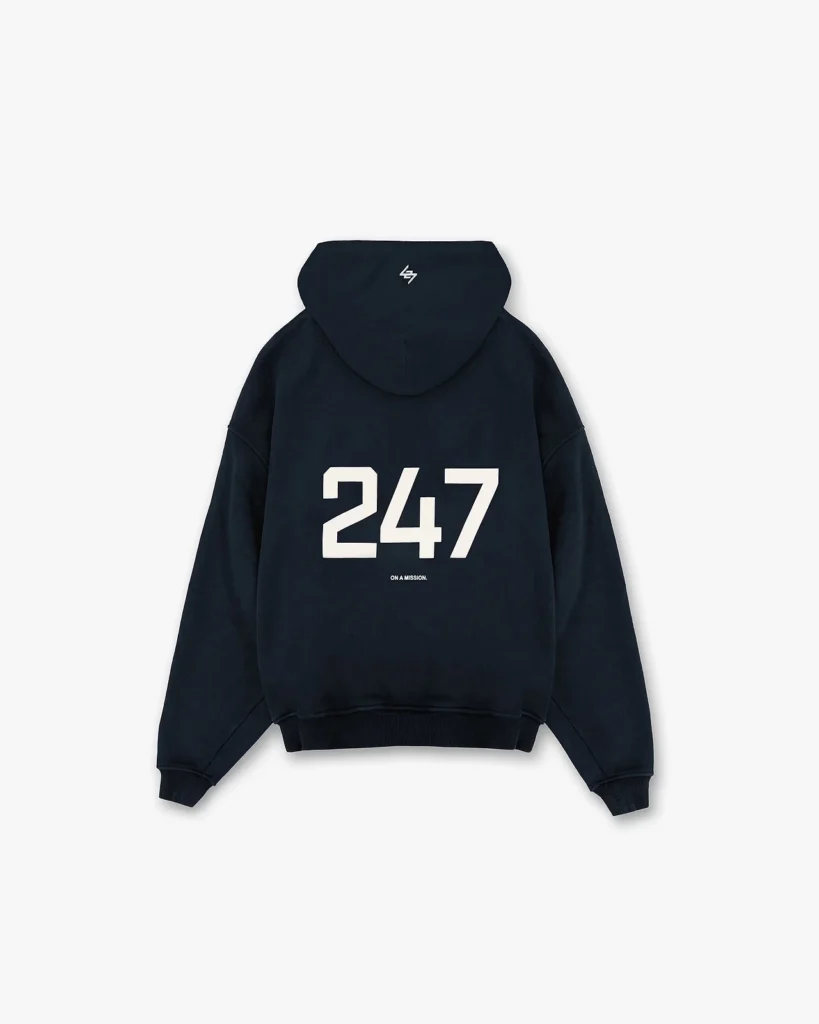How to Choose an Outfit of the Day(OOTD)
You stand in front of your closet, thinking I have nothing to wear. We’ve all been there. Every morning, what you choose to wear sets the mood for your confidence, comfort, and style. A well-chosen outfit reflects personality, adapts to your schedule, and boosts how you feel. The secret isn’t owning a massive wardrobe, but knowing how to combine fits, colors, and accessories. Casual, professional, or bold, building your OOTD with intention makes dressing easier and more enjoyable. This guide shows you how to plan daily looks that work for every occasion while keeping your unique style intact.
Why an Outfit of the Day Matters
Your OOTD is a daily chance to tell your story through fashion. The right outfit influences how others see you and how you feel about yourself. It improves confidence, productivity, and presence. If it is casual or formal, choosing intentionally ensures you’re ready for whatever the day brings.
Assessing Your Day Before Choosing an Outfit
Always think about what your day looks like before dressing. Start with the weather, then check your schedule. Different activities need different styles. A work meeting calls for polish, while errands lean casual. By assessing plans early, you’ll build outfits that suit your needs while staying stylish.
Considering the Weather
The weather should guide your outfit choice. In warm months, opt for breathable fabrics like cotton or linen. Cold days call for layers, knits, or insulated jackets. Always check the forecast in the morning. Matching your outfit to the climate ensures both comfort and confidence without sacrificing personal style.
Checking Your Schedule
Your schedule influences what you should wear. If you have a presentation, a smart casual outfit works best. For errands, sneakers and relaxed clothing fit perfectly. Evening plans may need stylish upgrades. Outfits should support your lifestyle so you feel prepared and comfortable throughout the entire day.
Building Outfits Around Comfort and Style
A great outfit combines comfort and style effortlessly. Choose pieces that allow movement but still look polished. Prioritize clothing that makes you feel good physically and emotionally. A stylish outfit doesn’t need discomfort to stand out. Comfort builds confidence, and confidence is always the strongest accessory in fashion.
Finding the Balance
Balancing comfort and style requires smart choices. Oversized hoodies or Nofs tracksuits may be cozy, but add sharp sneakers or accessories for style. Tailored pieces look polished but need soft fabrics for comfort. Balance is about mixing both worlds so your outfit feels practical without losing its stylish edge.
Choosing Versatile Pieces
Versatile items save time when styling your attire. Staples like jeans, plain t-shirts, and white sneakers mix easily into many looks. Jackets, hoodies, or button-downs can shift an outfit from casual to chic. Building outfits with flexible pieces helps you adapt to plans without sacrificing your daily style.
Using Color Psychology in Daily Outfits
Colors affect mood and perception. Bright shades project energy, neutrals create sophistication, and dark tones give authority. Use color psychology when choosing your casual wear. Your outfit should reflect both how you feel and how you want others to see you. Thoughtful color choices enhance confidence and leave an impact.
Bright Colors for Energy
Wearing bright colors signals positivity and energy. Yellow, orange, and red boost confidence and attract attention. These shades work well when you want to stand out or elevate your mood. Pair vibrant tones with neutral basics to balance the look, keeping your OOTD stylish without overwhelming the outfit.
Neutral Colors for Versatility
Neutrals like black, white, beige, and gray work with everything. They create effortless options that adapt to many occasions. Neutrals are timeless, minimal, and always stylish. You can pair them with bold accessories or bright sneakers for contrast. Their versatility makes them essential in any capsule wardrobe.
Choosing the Right Fit and Silhouette
Fit shapes the overall feel of your daily outfits. Slim fits look sharp and clean, oversized gives relaxed vibes, and regular cuts balance both. Matching silhouettes with body type is essential for looking put-together. When your outfit fits right, it feels more intentional and naturally stylish.
Slim vs. Oversized Fits
Slim fits create polished and modern looks, ideal for work or casual chic. Oversized silhouettes feel comfortable and trendy, often linked to streetwear. Choosing between the two depends on mood and plans. Mixing both, like slim jeans with an oversized Represent hoodie, creates balance and makes outfits versatile.
Outfits for Different Body Types
Different body types need different fits for balance. Tall individuals look sharp in regular or slim cuts. Shorter frames benefit from fitted lines and cropped jackets. Athletic builds shine in structured silhouettes that define shape. Choosing silhouettes that highlight strengths makes every attire flattering and boosts natural confidence.
Accessorizing Your Outfit of the Day
Accessories transform a simple outfit into a complete look. They add personality and polish without needing a full wardrobe change. Choose between bold and minimal depending on mood. The right watch, chain, cap, or bag can elevate even the most basic outfit into something stylish and memorable.
Statement Accessories
Bold accessories highlight personal style. Statement chains, oversized sunglasses, or patterned scarves create focal points. Use one or two statement items per outfit so they stand out without clutter. Statement accessories work best with simple OOTDs, where they add drama and flair without overpowering the overall outfit.
Minimal Accessories
Minimal accessories are subtle but effective. Simple watches, stud earrings, or sleek belts polish your day attire. They enhance style without drawing too much attention. Minimal details are perfect for professional or casual settings, making outfits look refined while keeping focus on clean lines and overall silhouette balance.
Footwear that Completes Your OOTD
Shoes define the tone of your outfit. The wrong footwear makes you look unfinished, while the right choice creates balance. Sneakers fit casual days, boots add polish, and formal shoes bring elegance. Matching footwear with your outfit ensures harmony, giving your daily style a complete and intentional look.
Casual Sneakers for Everyday Wear
Sneakers are the most versatile footwear for casual outfits. White sneakers go with nearly everything, while colorful pairs add character. They are comfortable for walking yet stylish enough for social settings. Sneakers bridge casual and chic, making them essential for everyday outfits where function and fashion meet seamlessly.
Boots and Formal Options
Boots and formal shoes add structure to your everyday attire. Chelsea boots, loafers, or dress shoes bring polish for meetings or dinners. They elevate jeans, trousers, or fitted tracksuits instantly. Boots, especially in darker shades, add presence to colder-season outfits while keeping looks versatile, stylish, and functional.
Layering to Match the Season
Layering gives versatility and style. In warm months, it means light fabrics and breathable jackets. In colder weather, layering builds warmth without losing aesthetic balance. Mastering seasonal layering ensures your outfits look intentional year-round while keeping you comfortable regardless of temperature or setting.
Summer and Spring Outfits
Spring and summer favor lightweight fabrics. Cotton shirts, linen pants, and short jackets are perfect. Use pastel shades or light tones for fresh energy. Accessories like sunglasses or caps finish the outfit. In warmer seasons, your clothing should prioritize breathability while staying modern and fashion-forward with minimal effort.
Autumn and Winter Outfits
Autumn and winter demand warmth and depth. Layer tracksuits with puffers, or slim fits with overcoats. Darker shades like navy, brown, or gray create seasonal harmony. Add scarves, gloves, or beanies for functionality. Seasonal layering ensures your day wear remains stylish while adapting to colder weather conditions with ease.
Common Mistakes
Many people overcomplicate their OOTDs. Mistakes include mixing clashing colors, over-accessorizing, or ignoring fit. Comfort sacrificed for trend also leads to poor results. The solution is simple. Stick to balanced fits, coordinated palettes, and minimal accessories. Consistency creates a polished look that feels intentional instead of forced or random.
Creating a Capsule Wardrobe for OOTD
A capsule wardrobe simplifies daily outfit planning. With versatile basics, you can mix and match to build endless daily attire. A capsule prevents decision fatigue and ensures timeless style. It focuses on essentials while adding seasonal trends when needed. This method saves time, money, and keeps outfits effortless.
Essential Basics
Every capsule wardrobe starts with basics. White tees, jeans, black Vertabrae sweatpants, plain sneakers, and versatile jackets work in multiple everyday wear. Basics form the foundation of your daily outfits. They’re timeless, simple, and easy to pair with statement or seasonal pieces. Essentials keep your wardrobe grounded and flexible year-round.
Seasonal Additions
Seasonal items refresh your capsule. In summer, add linen shirts or shorts. For winter, add puffers, scarves, and boots. A few trendy pieces each season update your OOTDs without overwhelming your closet. Seasonal touches bring freshness while basics keep your style consistent and always ready for outfit planning.
Final Thoughts
Choosing an outfit of the day should never feel stressful. With the right formula, OOTDs become effortless expressions of mood and lifestyle. Focus on fit, color, and accessories to balance comfort and style. Confidence completes every look. Wear your outfit with intention, and your style will shine.
FAQ’s
What is the 3 3 3 rule for outfits?
The 3-3-3 rule is a minimalist styling method where you choose 3 tops, 3 bottoms, and 3 pairs of shoes to create multiple outfit combinations. It keeps your wardrobe simple, reduces decision fatigue, and ensures versatile looks without needing a large collection of clothes.
Does OOTD mean outfit of the day?
Yes, OOTD stands for “Outfit of the Day.” It’s commonly used on social media to showcase daily style choices. The term highlights personal fashion expression and inspires others by sharing how different pieces can be styled for everyday life, work, or casual occasions.
What is the 7 rule for outfits?
The 7 outfit rule refers to building a weekly wardrobe plan with seven ready-to-wear looks. It helps save time, prevents last-minute stress, and ensures variety. By planning one outfit for each day of the week, you streamline dressing while keeping your style consistent and intentional.
What is the 5 outfit rule?
The 5 outfit rule is about creating five go-to looks you can always rely on. These serve as your wardrobe staples, making dressing easier when you feel stuck. It often includes casual, work, evening, seasonal, and versatile outfits, ensuring you’re prepared for different occasions with minimal effort.

